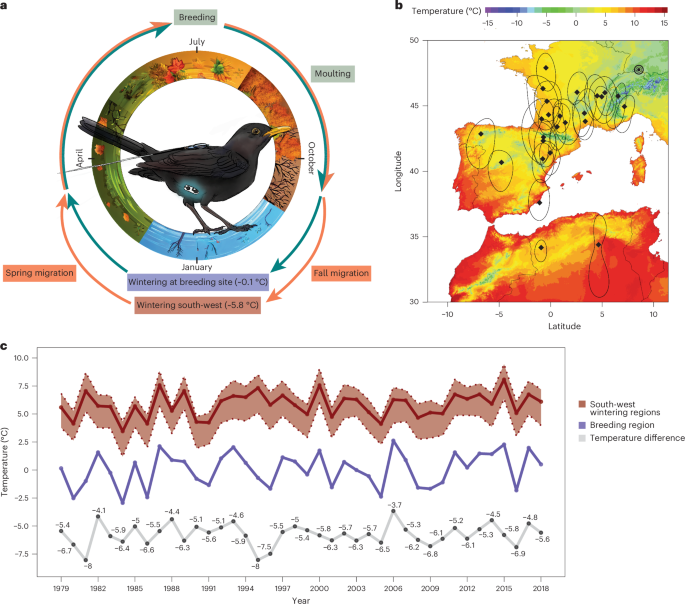2024-09-18 カリフォルニア大学バークレー校(UCB)
<関連情報>
- https://news.berkeley.edu/2024/09/18/can-toddlers-help-explain-the-origins-of-our-bias-for-wealth/
- https://psycnet.apa.org/record/2025-19881-003
持てる者と持たざる者 幼児は社会的行動と評価を導くために富を利用する The haves and have-nots: Infants use wealth to guide social behavior and evaluation.
Eason, Arianne E. Enright, Elizabeth A. Weng, Shimeng Horton, Rachel O. Sitch, Miranda J. Sommerville, Jessica A.
Journal of Experimental Psychology: General 2024
DOI:https://psycnet.apa.org/doi/10.1037/xge0001567
Abstract
Biases favoring the wealthy are ubiquitous, and they support and bolster vast resource inequalities across individuals and groups; yet, when these biases are acquired remains unknown. In Experiments 1 through 5 (Total N = 232), using multiple methods, we found that 14- to 18-month-old infants track individuals’ wealth (Experiments 1–5), prefer and selectively help rich (vs. poor) individuals (Experiments 2 and 3), and negatively evaluate poor individuals (Experiments 4 and 5). In two subsequent experiments with 11- to 13-month-old infants (Total N = 65), however, we find no evidence of preferences for rich (vs. poor) individuals (Experiment 6) or differential evaluations of rich and poor people (Experiment 7). Together, these results demonstrate that in the second year of life, wealth emerges as a central and robust dimension of evaluation that guides social decision making. (PsycInfo Database Record (c) 2024 APA, all rights reserved)



